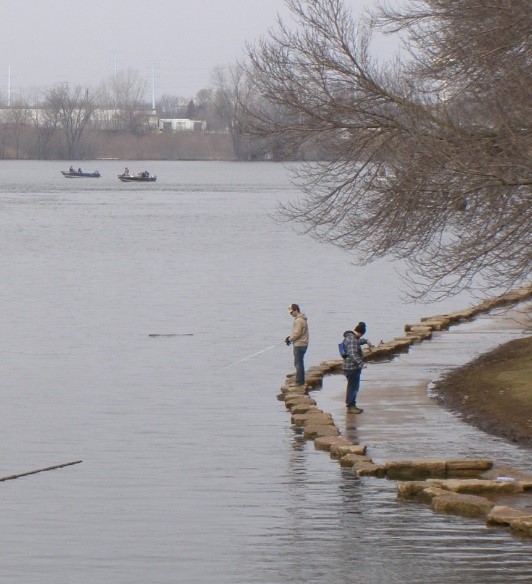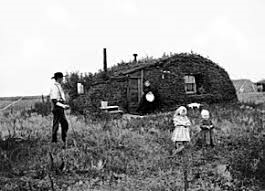By Dorothy Seehausen

It seemed like a vacation from the classroom at first, this shelter in place thing, probably a couple of weeks at most. I was sure I’d have gobs more time to write while keeping up with the pandemic on news stations.
So, I cleaned and organized; re-arranged and threw out. I stocked up on necessities. I binge watched “Arrested Development” and season 3 of “Ozark”. I created a Seehausen Genealogy Facebook Group and connected with several relatives in the Midwest.
Yet I could not help being drawn into what was happening to the American way of life and I found a new perspective. Facebook became an addicting time capsule. Schools and churches closed. Sunday sermons were posted on YouTube, parents added teaching skills to their tool kits, and college students exchanged dorm life for home life.
Health care professionals became our new heroes; and everyone kept hope alive from one inspirational meme to the next.
For my husband and I, daily routines changed right away. We bought less at the grocery store so we could legitimately get out more. Instead of the mall, we walked in Voyager Park in De Pere. We developed a newfound appreciation for life as well as each other.
But alas. I had social distanced long enough from my characters. Did Stuart Hall solve the murder of FBI Agent Jones in “Paint Chips”? What really happened to the cat in “The Tale of Duke Humphries”? Is Molly McBride going to be happy as a secondary character in “Fire Pit”?
Experts predict things will get worse before they get better. A teacher myself, I’ll be back to work next week with online classes. Until then, I will grab a cup of hot chocolate and get back to business.
Let’s see now.…where was Stuart Hall when I left him?

